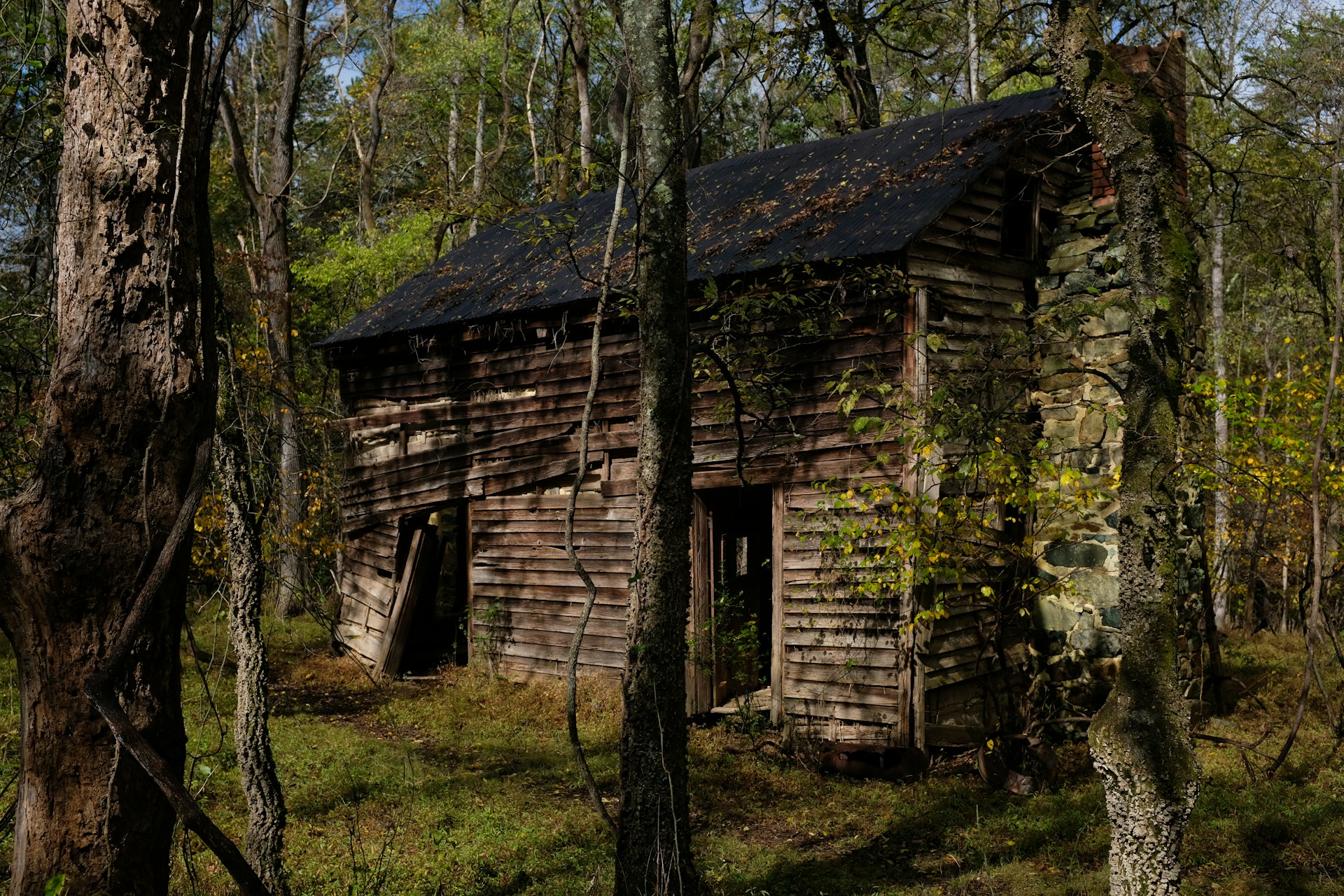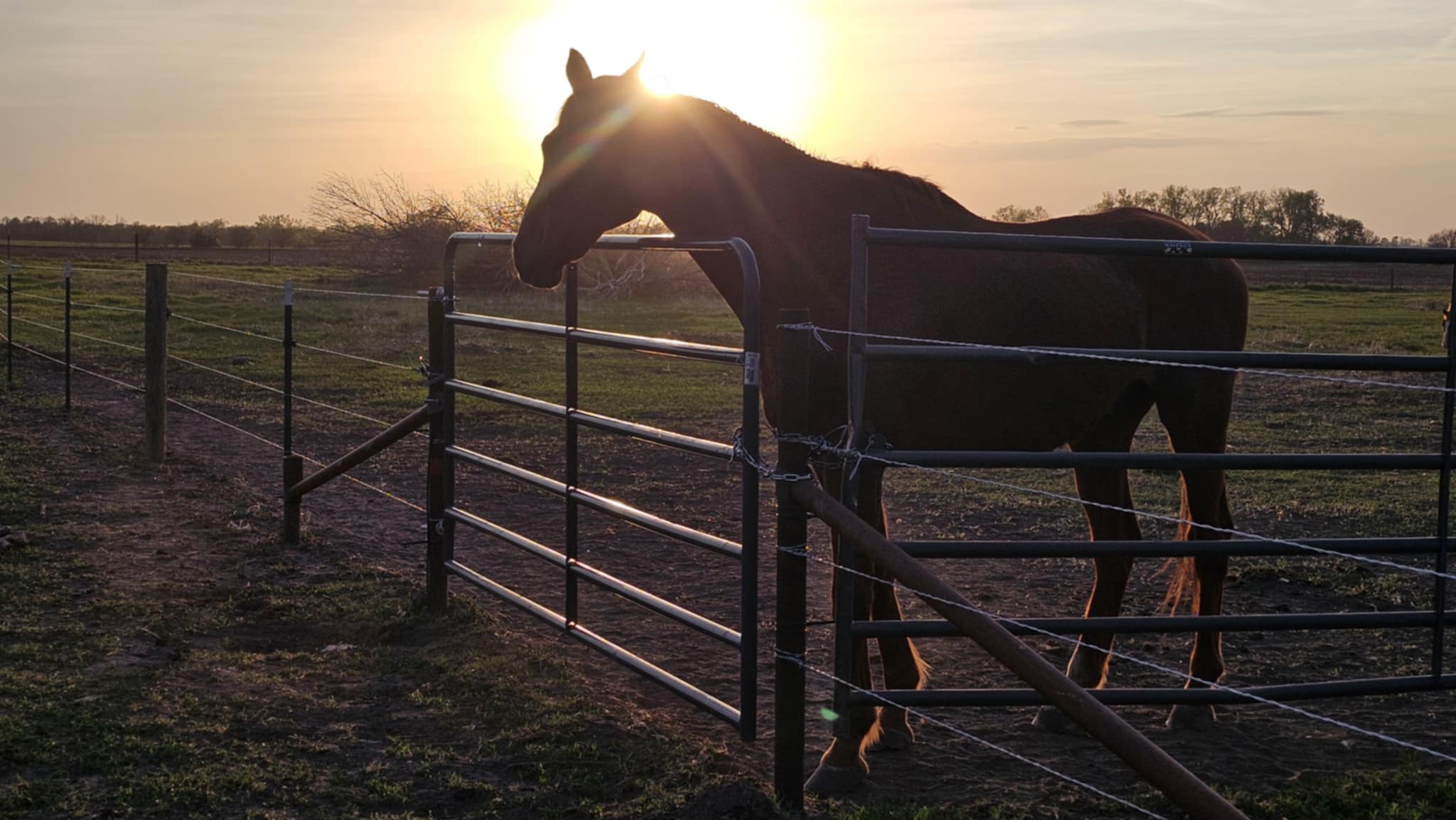One of the things I love (and sometimes laugh about) in genealogy is how research never follows a straight line. You sit down intending to solve one mystery, and three hours later you’re deep into another family entirely, asking yourself: How on earth did I get here?
This time, I started out with my John Ayers problem — the Vermont vs. Ireland birthplace debate, and the nagging DNA matches to Edy Payne that didn’t quite make sense. While sifting through Thrulines and my grandmother’s DNA kit, I detoured into Nancy Roff (wife of Hugh Burns), back into the Roff/Rolfe line, and then I asked myself whether my Virginia Hollands and Hurts might explain those Southern DNA matches.
That speculation opened up a whole new path: trying to untangle whether my Henry Clay Holland had married Mary A. Dyer or Ellen Hurt. Ellen is the accepted mother of Henry’s four children — including my own 3rd-great-grandfather — but the records are tangled and full of contradictions.
And this wasn’t my first surprise from an enumerator that night. In the 1860 census, Mary A. Dyer — sometimes listed as Henry’s spouse — is recorded with the occupation “prostitute.” Her sister Elizabeth, living next door, is labeled the same way. Was this a literal designation, a local insult, or shorthand for something else? Meanwhile, the elusive Ellen remains in the background, her name surfacing just enough to be both central and mysterious. Those contradictions pulled me deeper into the Hurt cousin lines and eventually into the Freeman household.
And that’s how I found myself staring at the 1870 census in Bedford County, Virginia — not for one of my direct ancestors, but for collateral relatives. There, in John H. Freeman’s household, were two girls: Maria and Sallie Freeman. Both age four. And scribbled sideways across their names was a faint word.
At first I thought it said “Grans” (for grandchildren). But a few pages later I found two other sets of children with the same sideways word, much clearer: “Twins.” Suddenly, the pieces clicked.

A Vignette: Sarah Freeman, 1865
It’s June 29, 1865, and Sarah F. “Fanny” Freeman stands in Bedford County, Virginia, beside Charles P. Shumaker. The Civil War has ended barely two months ago. Charles looks restless, unsteady. Sarah, only nineteen, is already carrying more than her share of whispers. A hasty marriage is the only respectable path forward.
By April of the next year, she is the mother of two daughters. The census will call them Maria and Sallie, but around the house they are just the twins — born April 17, 1866.
Charles is nowhere to be found. Whether he left willingly or was shown the door, Sarah is back in her father’s household, her babies bundled in her arms. When the enumerator knocks in 1870, he dutifully writes their names and ages. Then, with the neatness of a man who likes things accounted for, he adds a sideways mark across both girls: “Twins.”
Years later, when Maria dies at only thirteen, Sarah’s father gives the information. For “father” he instructs the registrar to write: unknown. A pointed choice, perhaps. When Sallie marries Walter Lankford in 1890, the record lists her father as Shoemaker and her mother as Fanny Shoemaker. By her death in 1923, the clerk tries again and the name comes out garbled: “Shumete Freeman.” The truth was always there, but just out of focus.
And yet the census page holds steady. Two little girls, age four, marked as twins. An enumerator’s scrawl capturing what mattered most.
The Drift of Memory
The story didn’t stay simple. Later records began to drift. When Sallie married in 1890, her birth year was listed as 1867. Her death record in 1923 repeated that date, as though she were a year younger than her twin sister had been.
But this is where methodology matters. I tend to trust the records made closest to the event. The 1870 census was taken when Maria and Sallie were children, both listed as age four, with the enumerator clearly noting they were twins. Compare that to a death certificate written nearly 60 years later, where an informant was working from memory. Which one is more reliable?
That little sideways word “Twins,” combined with two four-year-old girls in 1870, carries more weight than a secondhand memory half a century later.
What This Teaches Us
-
Research pivots. Chasing Ayers and Payne DNA matches somehow landed me with the Freeman twins.
-
Speculation helps. Wondering about Virginia cousins intermarrying with North Carolina families opened a path I wouldn’t have followed otherwise.
-
Enumerators matter. This one was unusually thorough, and his sideways note provided the direct evidence that later records obscured.
-
Curiosity leads to deeper truths. It’s not enough for me to know Maria and Sallie existed. I want to know who their parents were, where their father went, and what those choices meant for the family left behind.
✨ And that’s the joy (and sometimes trouble) of genealogy. It’s not just about dates and names. It’s about letting curiosity pull you into the lives behind the ink — and sometimes finding that the faintest scribble in the census margin is what reveals the clearest truth.
Photo by Girma Nigusse on Unsplash

_2025-06-14-11-00-A.jpg)

